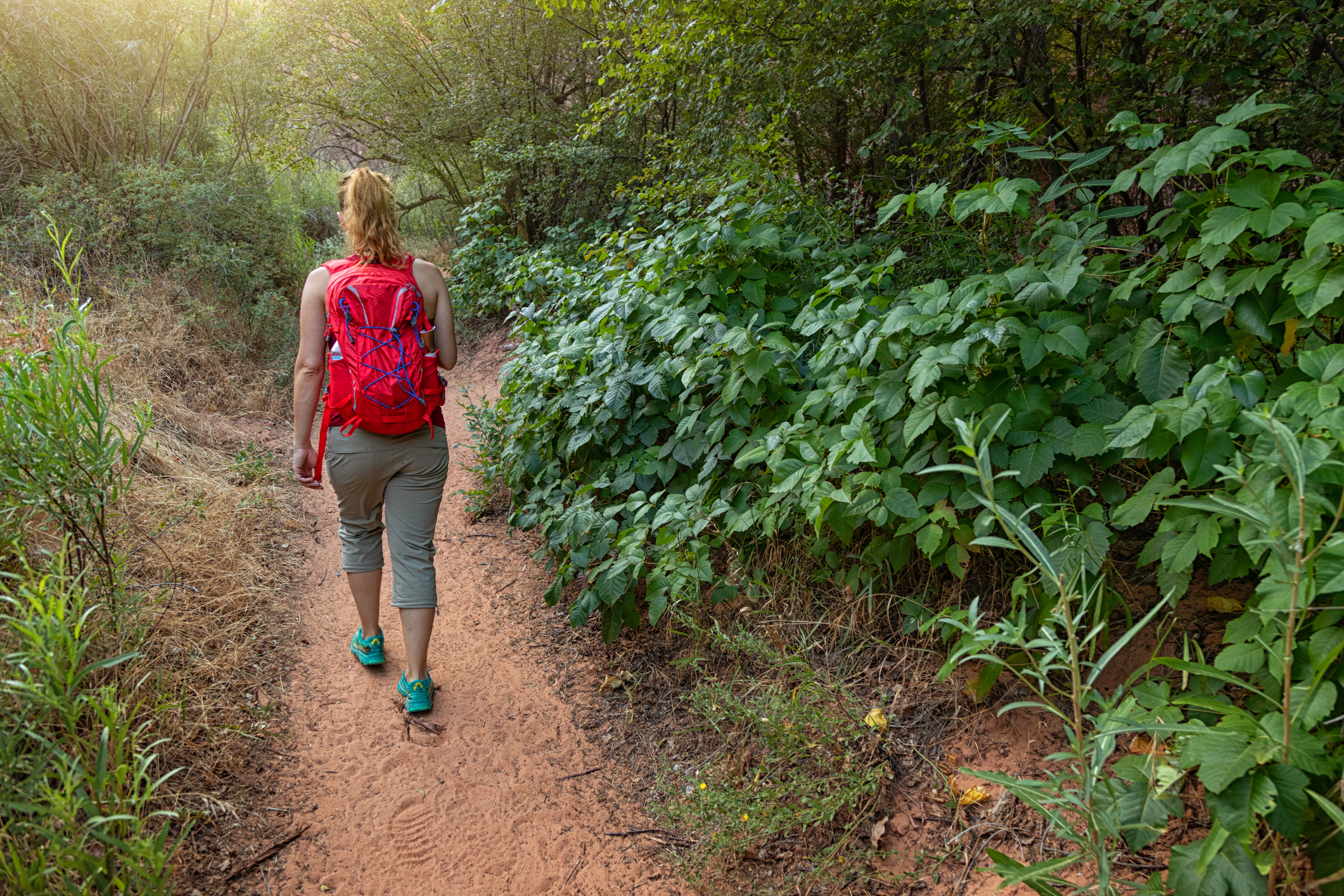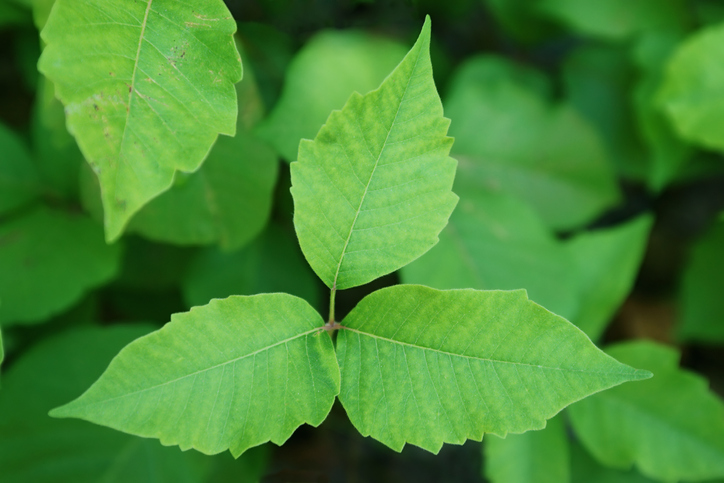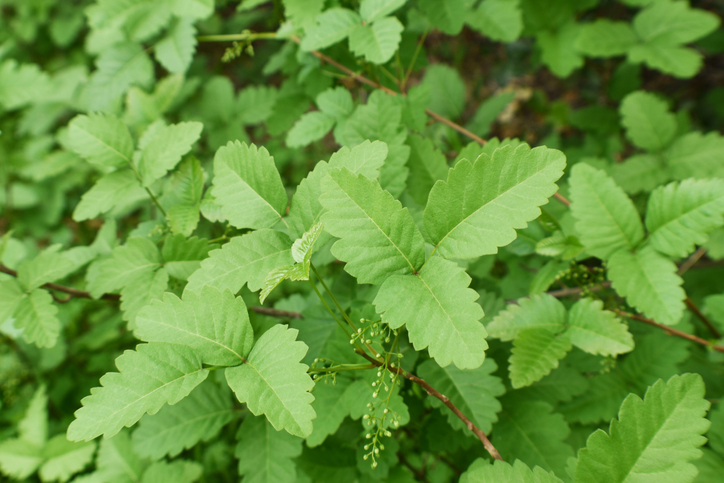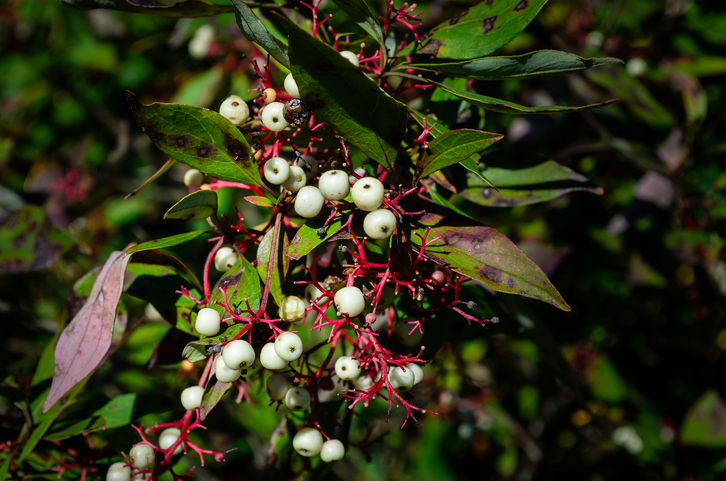Approximately 2 percent of the population is affected by scoliosis. Although diagnosis can happen at...
Read More

With many of us heading outdoors to go camping and hiking this summer, whether in South Jersey or another location, there are some hazards you need to know about: poison oak, poison ivy and poison sumac. Understanding how poisonous plants affect your skin helps you know what to do if you develop symptoms.
“Poison ivy, oak and sumac are common poisonous plants that cause an itchy rash on the skin,” said Jay Malickel, D.O., physician at Inspira Medical Group Primary Care Upper Deerfield. “The rash is an allergic reaction to urushiol, an oily sap produced by these plants.” You can develop a rash if your skin touches one of these poisonous plants or another object contaminated with urushiol.
Poisonous plants have distinct features that help identify them:



The most common symptom of urushiol exposure is contact dermatitis, characterized by itchy bumps and blisters. “Almost everyone is allergic to urushiol,” said Dr. Malickel. “A rash can develop within a few hours and up to a few days after initial exposure.”
Rashes caused by poisonous plants aren’t contagious. However, you can unknowingly spread plant residue containing urushiol to someone else if it’s on your body or clothing. Urushiol can also spread through outdoor items like camping gear or gardening tools.
“If you think you’ve been in contact with a poisonous plant, clean the exposed areas with soap and water immediately,” said Dr. Malickel. “Wash all exposed clothes, shoes and other objects to minimize the possibility of reinfection.” You can also apply isopropyl (rubbing) alcohol to contaminated areas to help strip away the urushiol.
If a rash develops, you can alleviate it by taking the following steps:
Most of the time, rashes caused by poisonous plants can be treated at home and go away within a week or two. However, severe cases require medical attention. Seek treatment if you experience any of the following symptoms:
Inspira Health is a high reliability organization (HRO), which means safety is the top priority for patients and staff. To make an appointment, call 1-800-INSPIRA.

Approximately 2 percent of the population is affected by scoliosis. Although diagnosis can happen at...
Read More
A successful doctor-patient relationship is built on trust, empathy and open communication. However...
Read More
Uncover the hidden connections between your family's past and your future well-being as we delve...
Read More
The material set forth in this site in no way seeks to diagnose or treat illness or to serve as a substitute for professional medical care. Please speak with your health care provider if you have a health concern or if you are considering adopting any exercise program or dietary guidelines. For permission to reprint any portion of this website or to be removed from a notification list, please contact us at (856) 537-6772